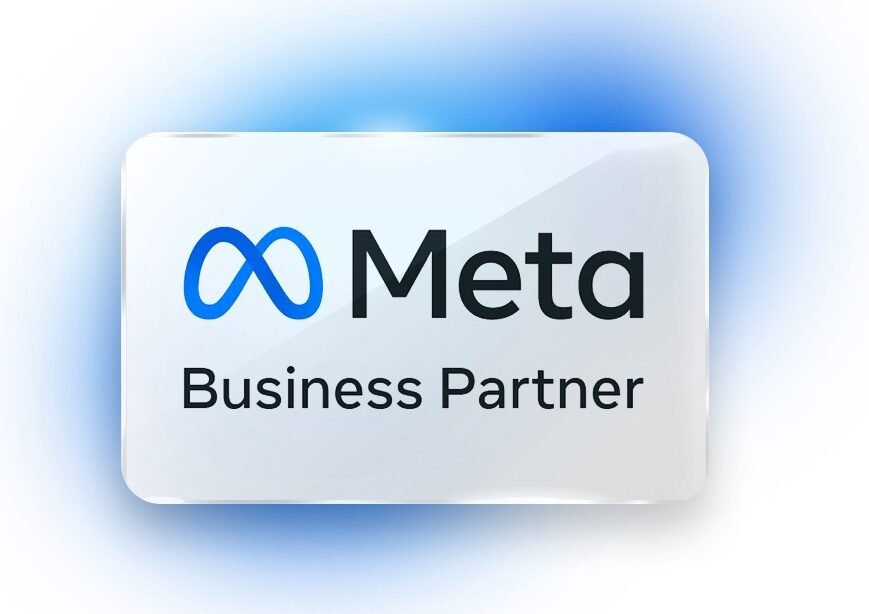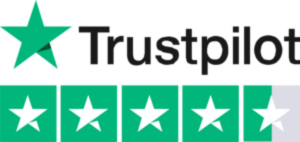Let’s Help You Rank Higher Locally with Accurate Citations



Our Goals
Helping Your BusinessGrow and Thrive!
Citation Service
Boost Your Local Visibility with Our Citation Services
Want to be found by local customers? Our citation services ensure your business info is consistent across important directories, helping you stand out in local searches. With accurate and up-to-date citations, we boost your visibility, build credibility, and make it easier for potential customers to find you. Ready to enhance your local presence? Let’s get started and make sure your business shines in the local search results!
In the ever-evolving landscape of Digital Marketing, Local SEO is more crucial than ever. At Digi Era Pro, we understand the importance of having accurate and consistent citations across the web to enhance your online visibility and attract more local customers. Our Professional Citation Services In Newburgh NY are designed to help businesses in the United States stand out in local search results and drive more traffic to their websites.
Why Citations Matter for Local SEO
Improves Local Search Rankings
Consistent citations across directories boost your visibility, helping your business appear higher in local search results.
Increases Local Traffic
Correct citations make it easier for customers to find you online or in person, driving more visits to your business.
Enhances Online Presence
Citations ensure your business info is everywhere it needs to be, expanding your digital footprint and increasing brand awareness locally.
Builds Trust and Credibility
Accurate citations show search engines your business is trustworthy, improving your reputation and making you more reliable to customers.
The Citation Process That Works for You!
Business Audit
We begin with a thorough audit of your online presence, analyzing where your business is listed and identifying any discrepancies in your information. This step ensures that we address any gaps or inconsistencies right from the start.
Identifying Key Directories
Next, we research and target the most relevant local and industry-specific directories for your business. This ensures you get listed in the platforms that matter most for boosting your local search visibility and reputation.
Accurate Submissions
We meticulously submit your business details to these selected directories, making sure your name, address, phone number, and other information is 100% consistent. Accurate submissions are key to helping you rank higher in local search results.
Citation Monitoring
Once your business is listed, we don’t stop there. We monitor your citations regularly to ensure they remain accurate across the web. This proactive approach helps you stay visible and trustworthy to both customers and search engines.
Ongoing Optimization
We continuously optimize your citations, making necessary updates and adjustments to maintain consistency. Our team stays on top of industry trends and Google algorithm changes to keep your business in the best possible position for local SEO growth.
Get Started Today
Ready to boost your local SEO and attract more local customers? Contact Digi Era Pro today to learn more about our professional citation services in the United States. Let us help you enhance your online visibility and grow your business with accurate and consistent citations.
Let’s Make Your Brand Stand Out!
EXPLORE
CONTACT
-
56 N Plank Rd
Newburgh, NY 12550, USA - 1-786-600-1595
- info@digierapro.com
NEWSLETTER
Subscribe to our newsletter to get the latest updates & news.

©2021. All rights reserved by Digi Era Pro LLC
Terms & Conditions








